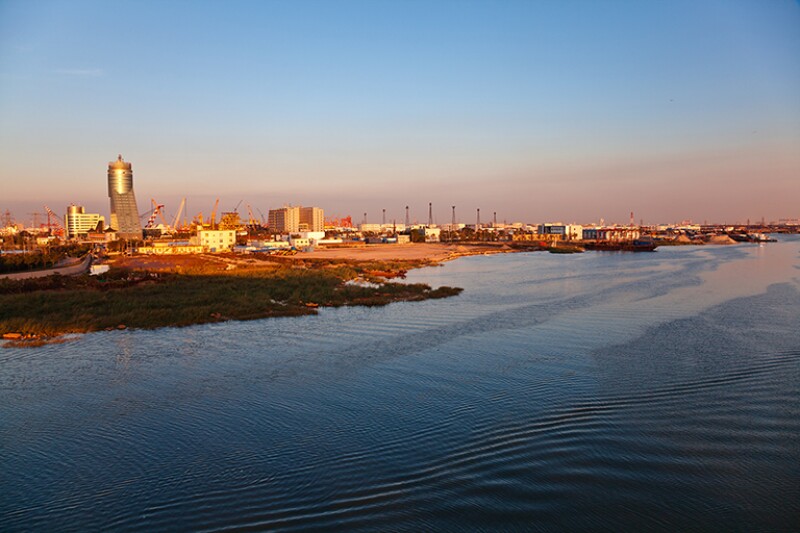In this paper, the authors examine the evaluation of a low-resistivity-pay siliciclastic reservoir in Bohai Bay, China. A significant amount of irreducible water is bound to the rock surface, dramatically lowering the resistivity of the pay zone. The authors explore a theory that the low resistivity is caused by bound water trapped in clay minerals, using production logging to provide the ground truth of reservoir fluids in the low-resistivity pay and improve the petrophysics model. With the improved model, production predictions were made for offset wells based on their openhole logs.
×


Continue Reading with SPE Membership
SPE Members: Please sign in at the top of the page for access to this member-exclusive content. If you are not a member and you find JPT content valuable, we encourage you to become a part of the SPE member community to gain full access.

